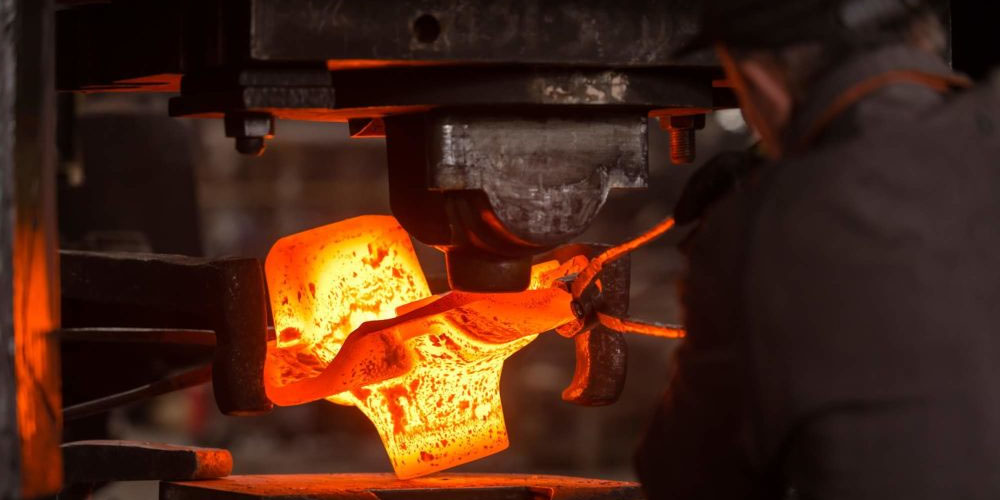Hot forging involves metal heating. A metal piece is subjected to high temperatures, about 75% of its intended melting temperature, without destroying its metallurgical features. The resultant metal alloy is worked to a specific shape through various processes like upsetting, pressing, and hammering. Hot forging yields optimal strength, high flexibility, and low hardness on the metal. Metals such as steel and aluminum are ideal for use in this process. For example, the hot forging aluminum process is one standard forging technic that yields quality metal products. In this post, we highlight major concerns in the hot forging process.
Major concerns for the hot forging process
Heat has a significant impact on this process, and for the metal to have good structural performance, particular heating and temperature specifications must be followed. In addition, the state of the mold and equipment involved should be considered.
1. Regular lubrication throughout the deformation
Proper lubrication influences factors such as forging quality, the die used, and the forming load; hence it’s essential. Poor lubrication increases friction between the die and blank, and the metal fluidity in the mold chamber is affected. It is important to note that lubrication can positively or negatively impact forging. Less lubrication meaning more friction, increases metal resistance and prevents its outflow. However, in hot forging, good lubrication indicating a small friction coefficient enhances the flow of metal material. It also improves its filling performance, molds’ service life, and ensures the forgings are filled.
Choosing the correct lubricant is vital to reduce the friction coefficient. It acts as a film between the mold and billet and ensures the moulded forgings have a smooth finish and surface. Check the advantages and disadvantages of each lubricant before buying, plus the features of the materials to be used.
2. Regulate heat before forging
In the hot forging process, the metal blank is heated to a particular temperature before the actual forging begins. This is done to improve its plasticity and lowers the strength of the metal b sigma. When the heating temperature is high, the metal b sigma is low, and it keeps dropping with an increase in temperature. Due to this occurrence, the metal forming force is also low. To lower the forming force more and the energy consumed in the process, manufacturers, raise the heating temperature of the metal even more until they are pleased with the results. Doing this prevents some metals from overburning example, aluminum has a narrow temperature range; hence the pre-forging heat should be controlled.
3. Proper selection of mold material
Molds are subjected to high temperatures during hot forging. They are constantly working in an environment full of thermal stress and resistance caused by deformation. Consider such conditions while selecting a mold for the forging process. Ensure the material is strong, tough, and sturdy to meet the manufacturing requirements. Poor mold material leads to premature product failure; hence it should be avoided.
Bottom Line
Hot forging is an important manufacturing process for many applications. Good structural performance of metals is necessary; therefore, the pre-heating, lubrication, and mold materials are crucial factors to consider.

